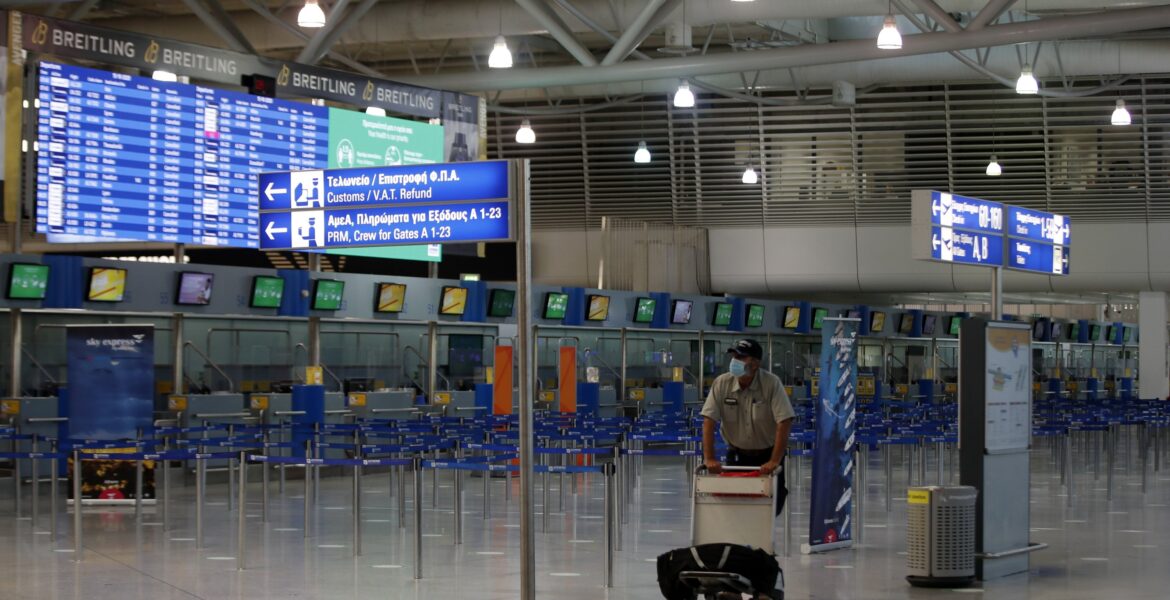AIA has launched the construction of a third photovoltaic park with a total installed capacity of 30 MW, with which the Athens airport will cover all of its energy needs from RES until 2046, when the concession contract with the State expires.
The key elements and the road map for the Athens airport's further development were presented by the Athens International Airport Company (IAA) management team in front of dozens of investors at the Acropolis Museum on Thursday afternoon, ahead of AIA's listing on the Stock Exchange.
In addition to the impressive financial and passenger performance, investors were informed about AIA's ambitious plans for energy transition and sustainable development in the coming years.
The airport operates two photovoltaic plants with a total capacity of 24 MW, which cover 2/3 of the required electricity needs, making AIA a pioneer among European airports.
The first photovoltaic park with an installed capacity of 8 MW started its operation in 2011 and cost 18.9 million euros. It produces 13,300 MWh per year, energy corresponding to the needs of 3,200 households for one year.
The second station, with a total installed capacity of 16 MW, was inaugurated last April and is the largest self-generation unit in Greece, producing approximately 45% of the airport company's annual consumption. The project, which costs 11.2 million euros, produces 27,500 MWh per year and corresponds to the consumption of 6,600 households.
AIA has launched the construction of a third photovoltaic park with a total installed capacity of 30 MW, with which the Athens airport will cover all of its energy needs from RES until 2046, when the concession contract with the State expires.
This is a remarkable development given that the Master Plan for the further development of the airport foresees the expansion of the existing terminal by 81,000 m2, the construction of a multi-storey car parking building and the construction of a new VIP terminal by 2028.
The existing terminal will be further expanded by the middle of the next decade for AIA to be able to serve 40 million passengers per year, while by 2045, it is planned to build a new terminal, new aircraft handling areas and parking infrastructure to be able to serve 50 million passengers a year.
The investment for the new photovoltaic park is expected to cost 50 million euros, and the electricity produced will amount to 60,700 MWh, corresponding to the needs of 14,600 households. The tender for the construction of the new station, which will also have a storage system with batteries, is already underway, and the project is expected to be completed in 2025.
AIA will have a zero carbon footprint with the new park and become climate neutral by 2025, reaching the 2050 target set for European airports much earlier. CO2 emissions at Athens airport have decreased by 60% compared to 2005.
In addition to the investments in RES, AIA has started to modernise its fleet with new electric vehicles, and the installation of charging stations on the airport premises is in progress.
Nikos Philippidis is a columnist for Energy Mag.
READ MORE: Kalamata will connect with Heraklion, Stockholm and Paris this summer.


